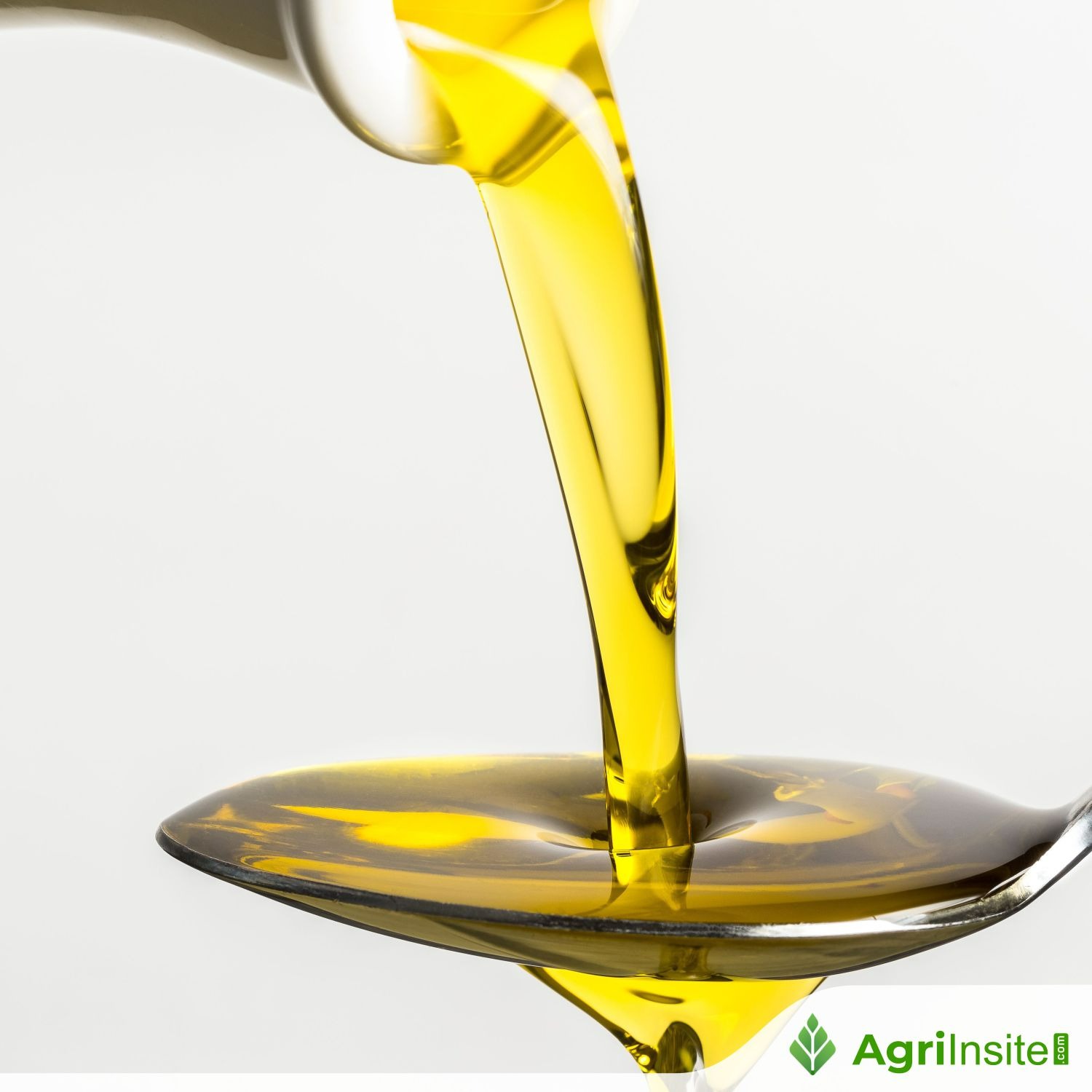Cooking Oil Market Size is expected to Reach 213.1 Billion by 2027

The global cooking oil market, valued at $168.4 billion in 2019, is projected to reach $213.1 billion by 2027, growing at a CAGR of 5.5%. Consumer demand for organic and Non-GMO oils is rising, leading companies to innovate their product offerings. Challenges such as counterfeiting and adulteration persist. The market is segmented by product type, end-user, and distribution channel, with palm oil expected to dominate. Key players include Archer-Daniels-Midland and Bunge Limited.
Cooking Oil Market,According to a new report published by Allied Market Research, titled, “Cooking oil Market by Product Type, End-User and Distribution Channel: Global Opportunity Analysis and Industry Forecast, 2021-2027,” The cooking oil market size was valued at $168.4 billion in 2019, and is projected reach $213.1 billion by 2027, registering a CAGR of 5.5% from 2021 to 2027.
Cooking oil also known as edible oil or vegetable oil are oils mainly extracted from oilseeds which is used for baking, frying, and other types of cooking. Cooking oil is also used for the preparation of flavorings and foods which does not require heat, such as bread dips and salad. Cooking oils are naturally liquid at room temperature however, some oils that contain saturated fat, such as palm oil, coconut oil, and palm kernel oil, remains solid even in slightly low temperature. The common edible oils are mostly vegetable oils, including but not limited to rapeseed oil, corn oil, sesame oil, peanut oil, olive oil, palm oil, camellia oil, canola oil, sunflower seed oil, soybean oil, linseed oil (soma oil), grape seed oil, walnut oil, peony seed oil, and other vegetable oils.
Recent years have seen consumer inclination towards organic, nature and GMO free products. As a result, demand for organic edible oil have gained huge popularity particularly in the last four years. In order to cater to this new opportunity leading players are continuously upgrading their product offerings with organic and Non-GMO certified cooking oils to foster cooking oil market growth. For instance, Nutiva unveiled organic liquid coconut oils. These oils were USDA Certified Organic and Non-GMO Project Verified liquid hexane free oil made without any chemicals or filler oil. On the similar lines in order to cater burgeoning demand for Non-GMO oils, Whole Harvest, a subsidiary of Bunge North America have expanded its facilities to cater demand for Non-GMO soybean and canola oils to food service operators in the United States and Canada. Thus, demand for organic and non-GMO certified oils are likely to gain huge traction in the years to come by.
Nevertheless, the cooking oil industry faces multiple challenges including but not limited to counterfeiting, adulteration and deception. Adulteration of cooking oil results in myriad of diseases including but not limited to gall bladder cancer, dropsy, glaucoma and loss of eyesight. Counterfeiting of established brands often tarnishes the brand image and brand loyalty, such malpractices challenges the market expansion of leading players operating in the market.
The global cooking oil market has been partly impacted amidst the outbreak of the coronavirus. The COVID-19 pandemic resulted in a lockdown and widespread restrictions across the world. In addition, the food services segment of cooking oil got majorly impacted due to the lockdown as the HORECA industry were not functional during the lockdown phase which resulted in major fall in demand for cooking oil from food service segment during the lockdown period. Furthermore, recent development in a resurgence of the second wave of coronavirus in Asia-Pacific is one of the major challenges the industry is expected to face in the coming days.
The global cooking oil market is segmented based on product type, distribution channel, and region. Based on product type, the global market is divided into palm oil, soy oil, sunflower oil, peanut oil, olive oil, rapeseed oil, and other cooking oils. By end user, the market is divided into residential, food services and food processing. By distribution channel, the market is categorized into hypermarket/supermarket, independent retail stores, business to business and online sales channels. Region-wise, the global market is studied across North America, Europe, Asia-Pacific, and LAMEA.
By product type, the palm oil segment will remain the mostly demanded oil in the, and is expected to gain market share in the coming years.
By distribution channel, the hypermarket/supermarket are the dominating segments for business to consumer cooking oil and it is expected to gain market share in the coming years.
By end user, food processing is anticipated to grow with a moderate CAGR during the cooking oil market forecast period.
By region, Asia-Pacific dominates in terms of the global cooking oil market share, and is expected to retain its dominance during the forecast period.
Cooking oil market trends are inclining more towards organic cooking oil and flavored cooking oils.
Some of the major players profiled in the cooking oil market analysis include Archer-Daniels-Midland Company, American vegetable oil, Bunge Limited, Cargill, Fuji oil, Indo Agri, J-Oils, Louis Drayfus Company, Richardsons International and Wilmar International.
Source Link : https://www.openpr.com/news/3669532/cooking-oil-market-size-is-expected-to-reach-213-1-billion-by-2027
















